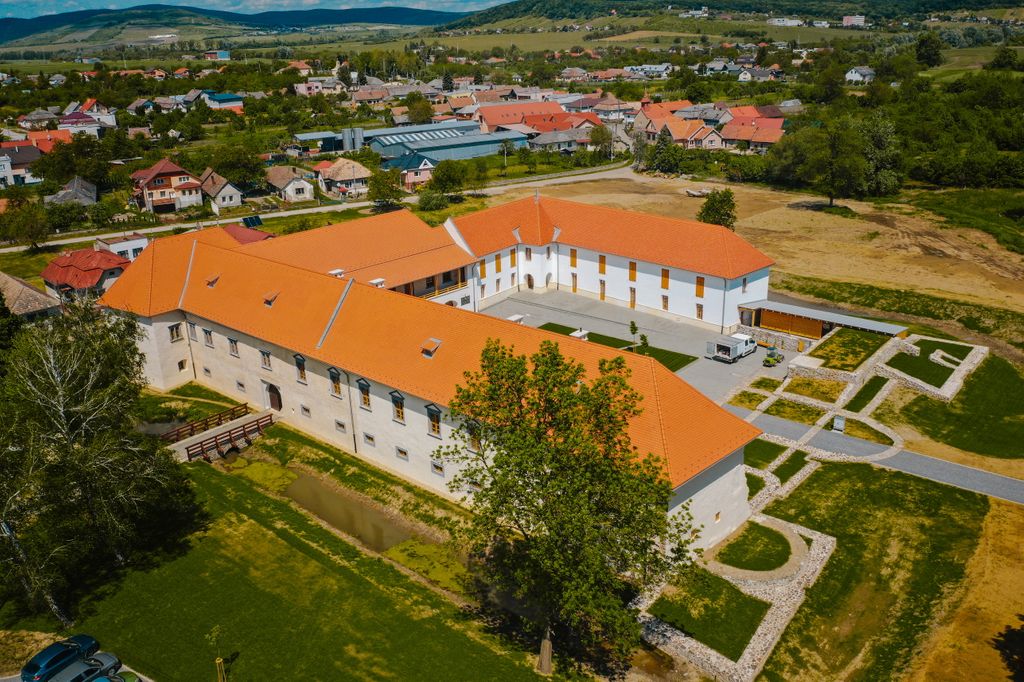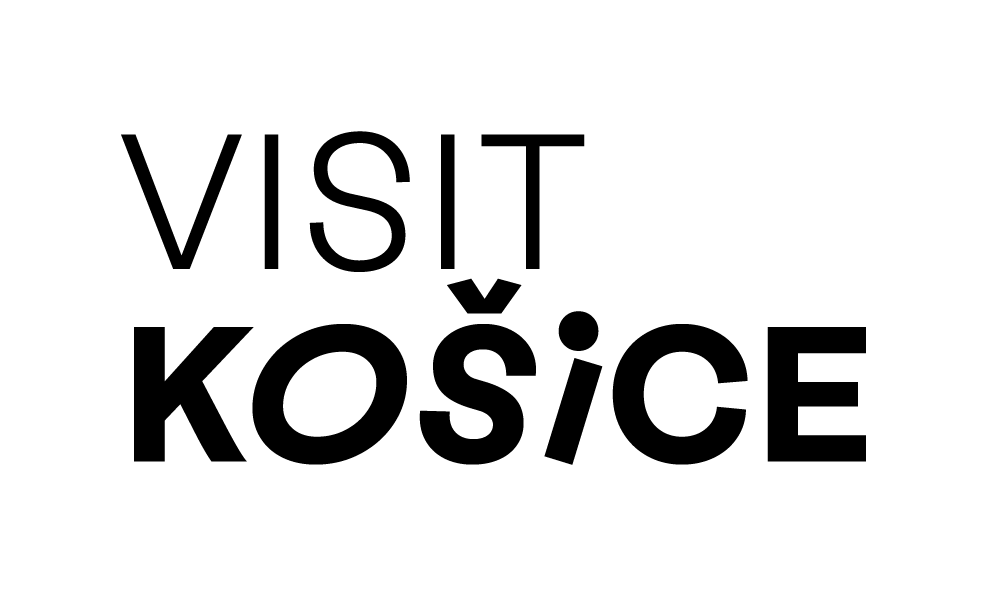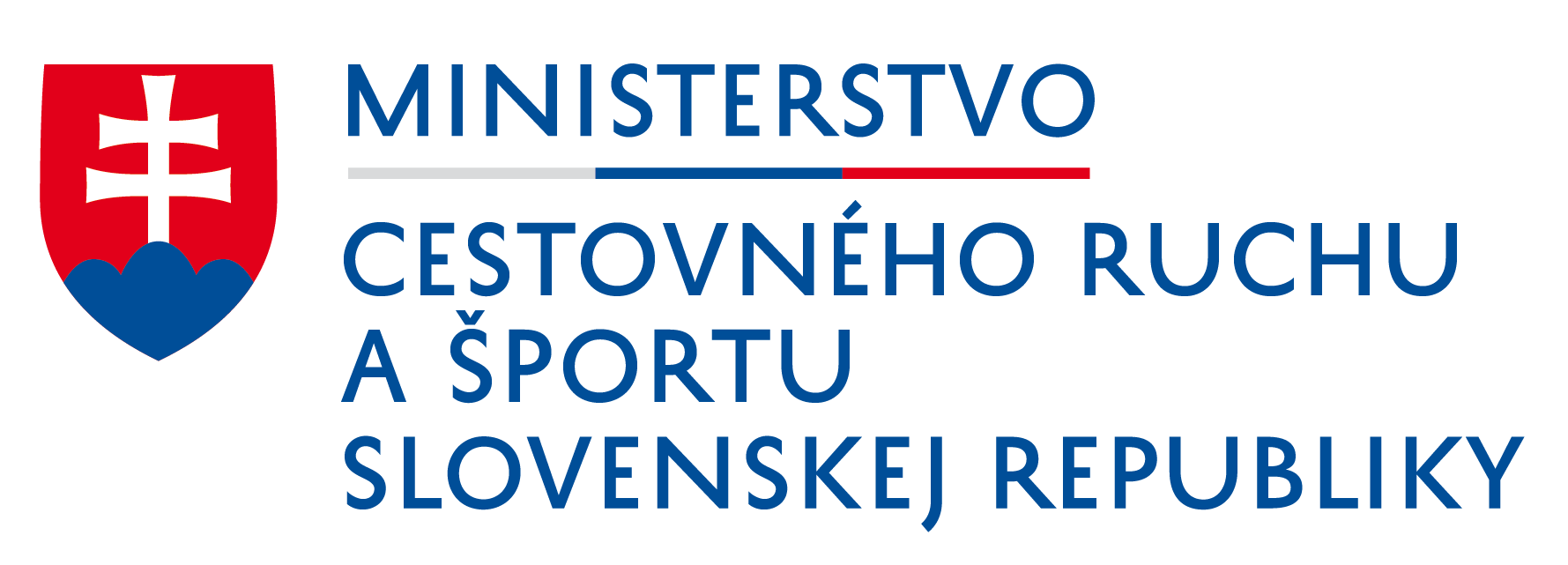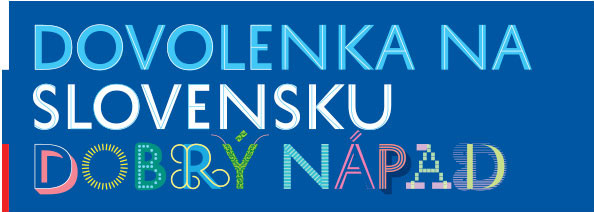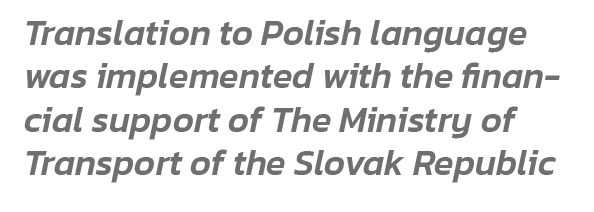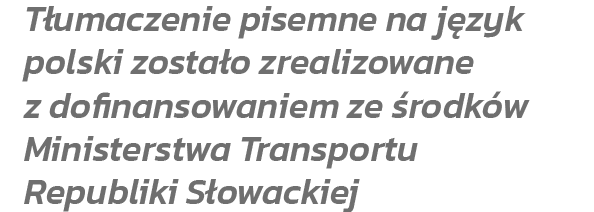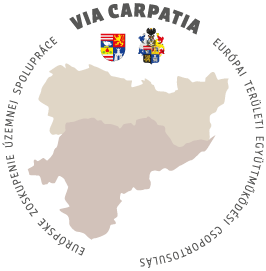Are you wondering what you would gain if the destination of your trip was Košice, the second largest city in Slovakia? This unique city combines a sense of peaceful haven with the dynamic life of its streets. It is the gateway to a striking region bringing its visitors opportunities for relaxation and entertainment, a glimpse of unique natural gems and architecture and, finally, great gastronomy. The location with a nearby airport and compact infrastructure makes Košice an ideal starting point for your own explorations and adventures. Let us inspire you with tips that will ensure that your visit to Košice is just the first of many to come.
1 Historic City Centre Directory – “TOP 10 Tour”
Remember to contact the locals at the start of your exploring trip. Visit the Regional Information Bureau (RIB) on the Main Street, in the heart of the old town, and have your “bucket list” checked by local regional tourism experts who will help you make or add to your plans. The RIB also offers individual or group tours, aptly named “TOP 10 Košice Tour“. They will take you through the historic city centre with an experienced English-speaking guide, who will surely tell you much more than you can Google on your own. Ask him straightforward questions about the topics you are most interested in and not just he, but also Košice itself, will respond by offering you a range of attractive local architecture, fine art, gallery and museum exhibitions, as well as fun and relaxation in the multicultural atmosphere that is so characteristic of Košice.
2. St. Elizabeth Cathedral – the Pearl of the Gothic
The St. Elizabeth Cathedral, considered to be the easternmost Gothic cathedral in Europe, is undoubtedly the most historically and culturally significant monument of Košice. You cannot miss it during your walks along the Košice promenade, and when you climb one of its towers, you will not just get a view of the historical centre of the city, but also the whole panorama of its current modern form in the encircling hills. The St. Elisabeth Cathedral has also been a scenic backdrop to the oldest marathon race in Europe and the second oldest one in the world for exactly 100 years. It attracts thousands of professional and amateur runners and tens of thousands of spectators to Košice every year at the beginning of October. While strolling through the historic centre, be sure to make a stop at the oldest gastronomic institution in Slovakia, founded in 1542. Today it is home to the Pivovar Hostinec (Brewery Inn) restaurant, and its building is also famous for one of the most important aristocratic weddings in European modern history – the wedding of Gabriel Bethlen to Katharina Brandenburg in 1626.
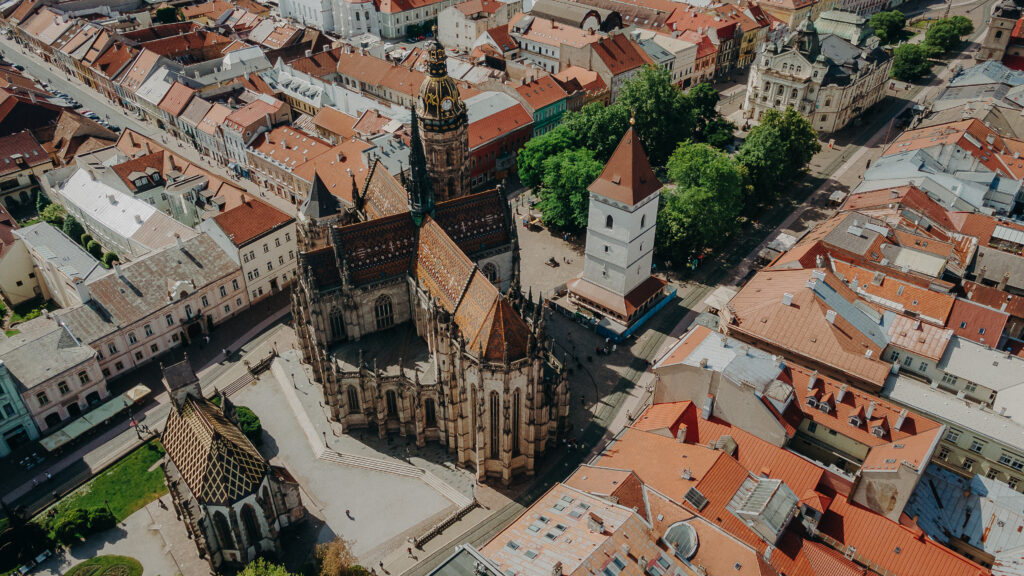
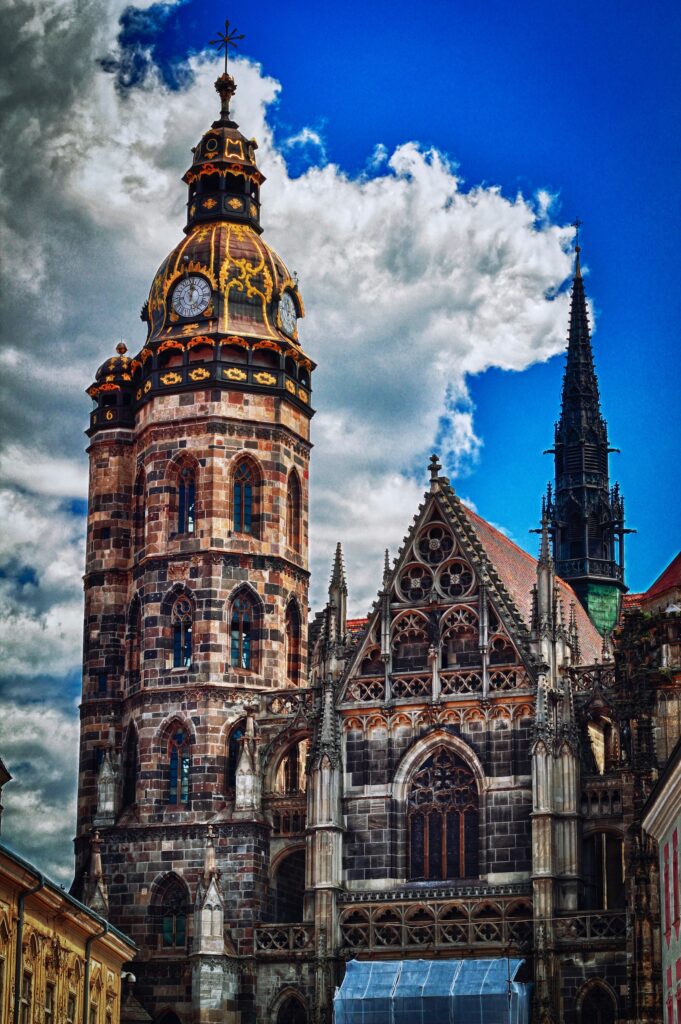
3. National Theatre in Košice – a Temple of the Art of the East
The neo-Baroque building of the National Theatre stands no less proudly in the very heart of the city, close to the St. Elizabeth Cathedral. From the end of August to the end of June, it offers fans of serious art highly artistic performances of opera, ballet, and drama. The 2024/2025 theatre season will be marked by the 100th anniversary of the theatre’s foundation and will feature new ballet and opera premières. These will include, for example, the traditional ballet “Don Quixote” or the popular opera “La Traviata” by Giuseppe Verdi. The National Theatre in Košice will close the season with the operetta “The Czardas Princess” by Emmerich Kálmán, in the original staging in the German language. .


4. Following the traces of Jewish monuments in Košice
The origins of the Jewish presence in the territory of today’s Slovakia date back to the Middle Ages. Today, several synagogues, schools and cemeteries remain in eastern Slovakia after a once large Jewish community. TheOrthodox synagogue in Košice is one of the most beautiful Jewish monuments in Slovakia. Its interior is elaborately decorated with murals in the Moorish style, and the original furnishings have been preserved, such as the tabernacle and some other elements of the equipment. At present, it houses the Museum of Jewish Culture. Other monuments commemorating the Jewish religious community include the New Orthodox Synagogue on the Moyzesova Street, the Ľudovít Feld Gallery, and Feld Park, the Sephardic (Hasidic) Prayer Room, the Memorial to the Holocaust Victims, and two Jewish cemeteries. Take advantage of the guided tours and learn more about the history of the Jewish community in Košice.
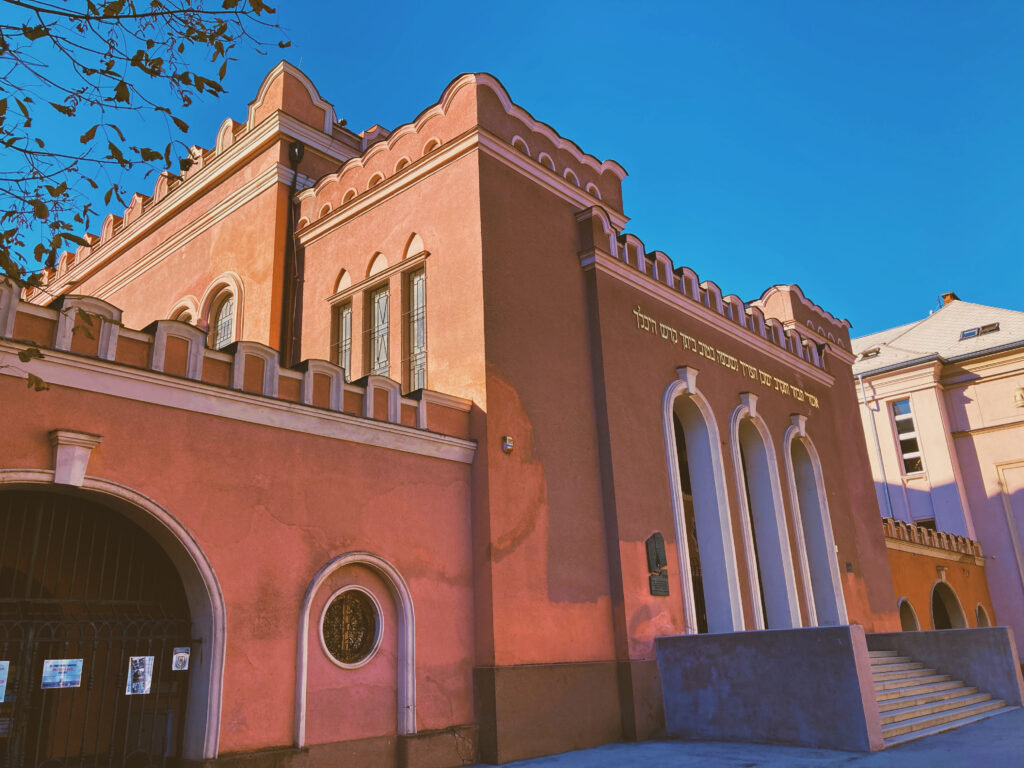
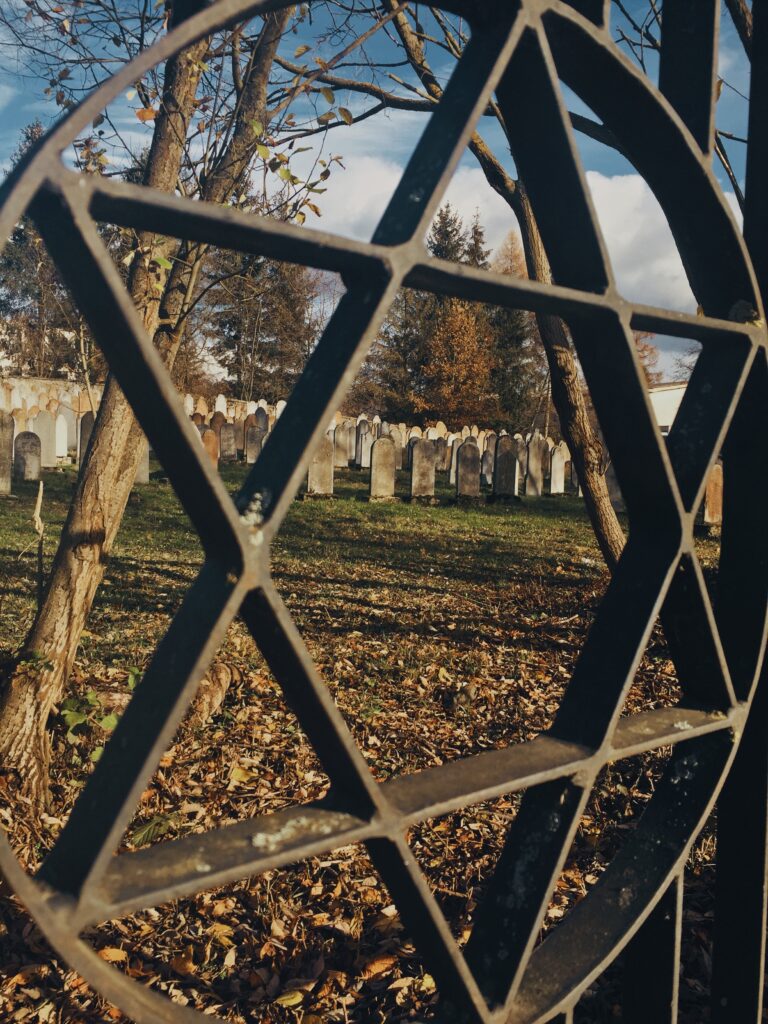
5. Spiš castle – UNESCO
The Spiš Castle, which is also one of the symbols of Slovakia, is Slovakia’s number one UNESCO world heritage site. This sixth largest castle complex in the world is an attraction for hundreds of thousands of visitors not only from Slovakia, but also from distant countries around the world. The castle is exceptional not merely for its size, but also for the unique character of the surrounding landscape, in which it has been majestically towering since the 13th century. Its surroundings have not changed significantly over the centuries – they have not been urbanised. The open views and scenery, which have been preserved to this day, allow the visitor to be carried back in their imagination to the times of the Middle Ages.
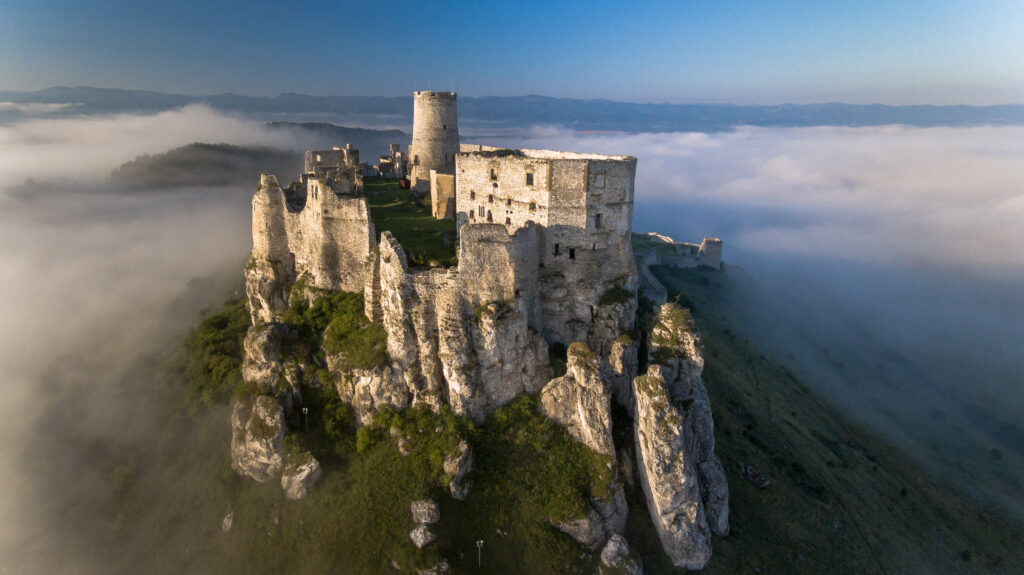
6. Dobšinská Ľadová Jaskyňa ice cave – UNESCO
Dobšinská Ľadová Jaskyňa ice cave is a world unique hidden in the heart of Slovakia. It has been attracting visitors with its fascinating icy beauty and magical atmosphere for 150 years. It was discovered in 1870 and is still one of the oldest and largest ice caves in the world. The volume of its ice decorations is estimated at 110,000 m3 and the largest layer of ice here is 26.5 metres thick. As the internal temperature in the cave remains permanently below the freezing point, walking through its icy passages, surrounded by monumental ice formations, is a memorable and refreshing experience. And imagine that until 1946, it was even possible to skate in the cave!
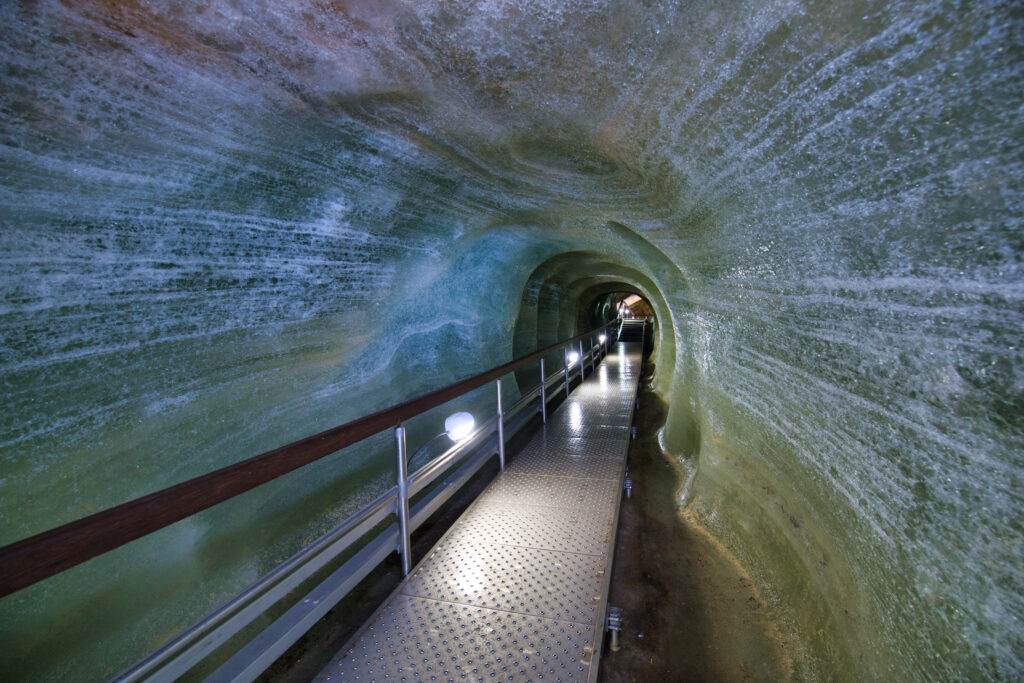
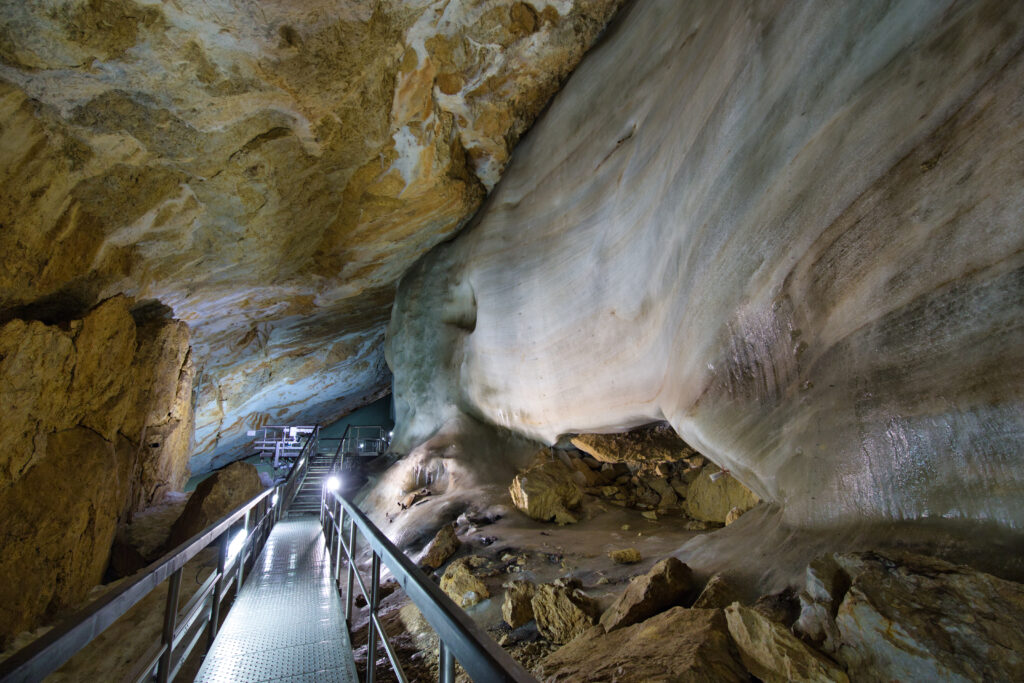
7. Churches with the European Heritage Label
Follow in the footsteps of the “Gothic Route” in the magical region of Gemer. You will be enchanted by the unique murals hidden in the original medieval churches in the villages of Štítnik and Ochtiná. The rare treasure trove of Gothic frescoes that adorn the walls of several churches in the region is a treasure of European significance, yet undiscovered by tourists. The enormous scale of the works by Italian masters fascinates with their depicted stories, their details and colourful compositions. Explore these breathtaking religious buildings and you will leave replete with impressions and respect for the mastery of the medieval artists who left such a distinctive and unrepeatable cultural imprint.


8. The only cable car of its kind – adventurous and authentic
You will experience a return to the “analogue” past when you ride on the sensitively reconstructed single-seat ropeway, which was originally put into operation in 1970, and is now considered to be one of the most beautiful ropeways in Slovakia. It leads through the beautiful surroundings of the Slovenský Raj National Park and offers breathtaking views of the natural scenery of its southern part. The cable car route is almost 2 kilometres long, with an elevation of 221 metres. The ride lasts for 20 minutes and includes pleasant chills from the surprising adventure.
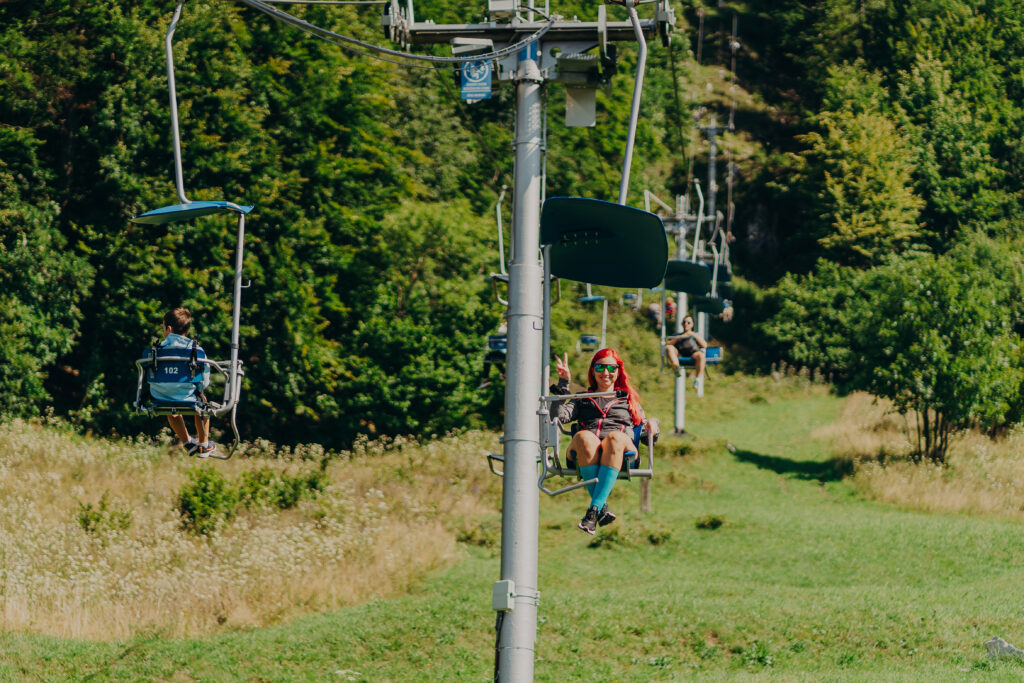
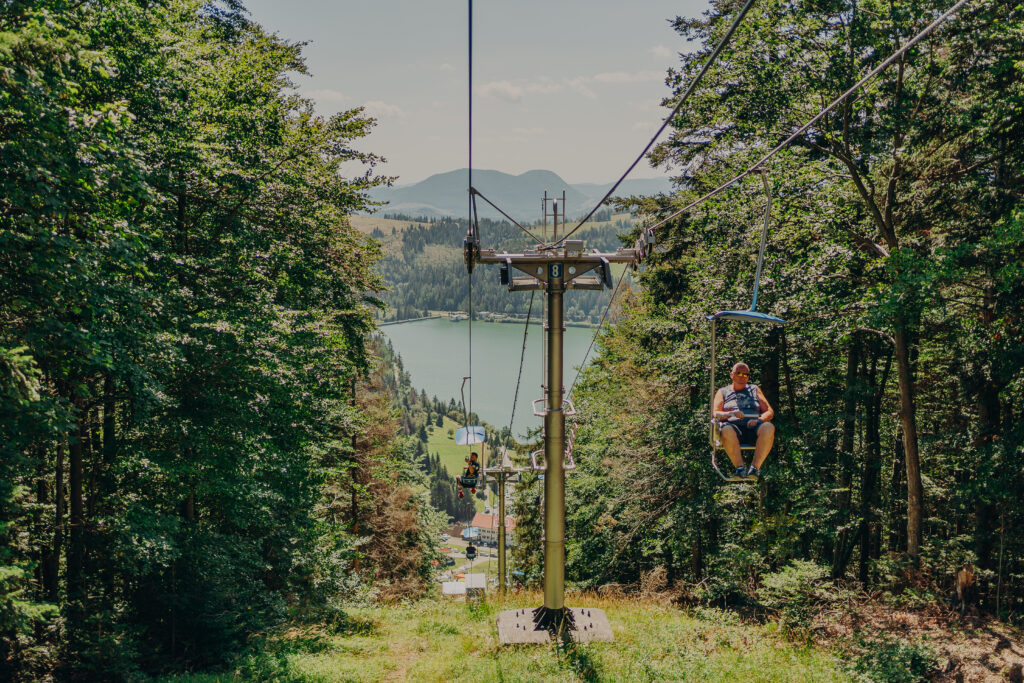
9. Herľany – cold geyser
One of the few cold geysers in Europe is located just a few kilometres from Košice, in the picturesque village of Herľany. Its regular eruptions, which reach heights of up to 30 metres, offer an memorable experience and a breathtaking spectacle of nature. The geyser was artificially activated in 1872 in search of a source of mineral water in the local baths, and today it spurts at intervals of 32 to 34 hours. Its surroundings are ideal for relaxing and strolling, while visitors may enjoy the tranquillity and beauty of nature combined with a truly unique natural phenomenon.
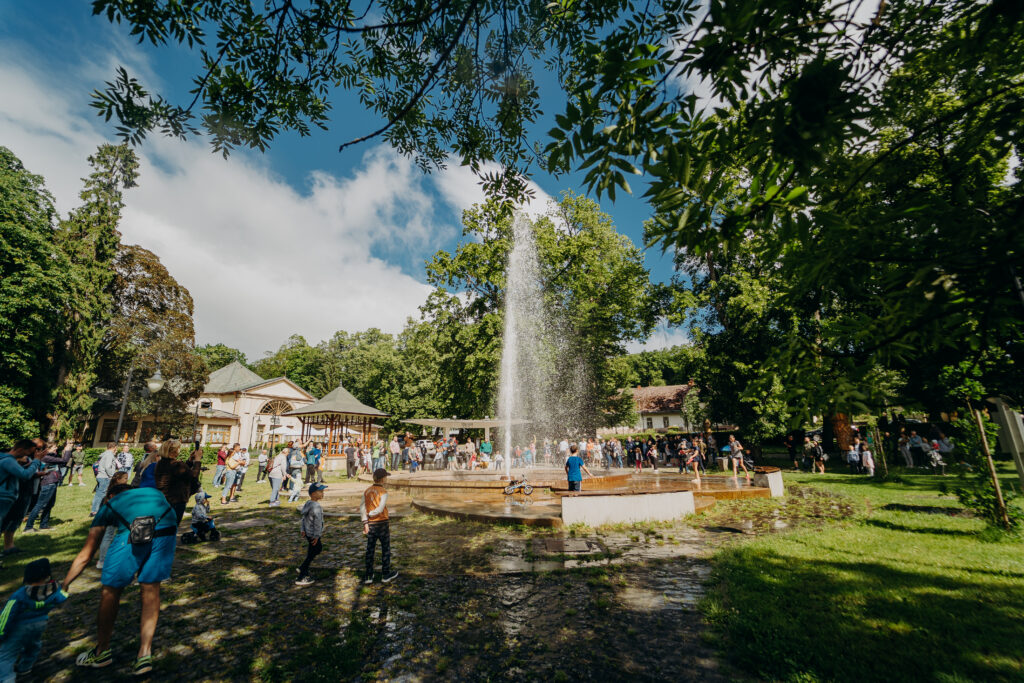
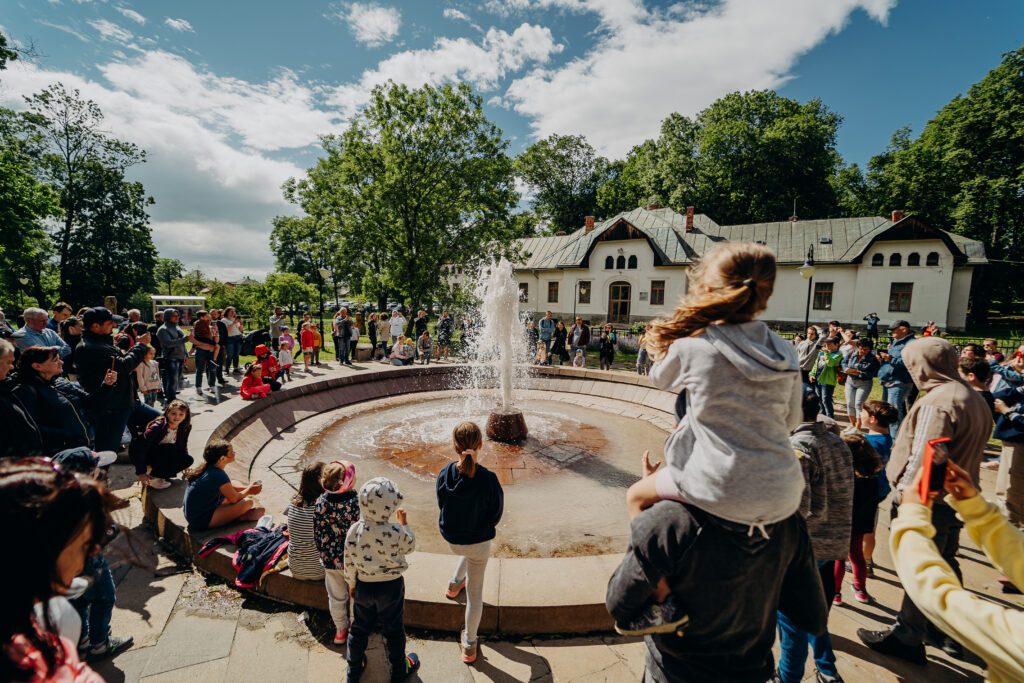
10. Tokaj – the wine of kings with a Renaissance flair
Another of the trips that should not be missed in Košice is a trip to the world’s exceptional Tokaj wine. Apart from wine, Tokaj is still dominated by an important site of Central European history – the Rákoczi Manor House in Borša, which is the birthplace of the most important personality of the anti-Habsburg uprising, the Duke of Transylvania, Francis II Rákoczi.
The sensitively restored building, where you may also stay and dine, is located on the southern outskirts of the small Tokaj village and offers a modern interactive museum exhibition. Another interesting feature of this place is the fact that in the time arc of Rákoczi’s life, his birth manor is closely linked to the St. Elisabeth Cathedral in Košice, where Rákoczi is buried.
SWISS airlines operates 3 times weekly direct flights between Zurich and Košice with departures on Mondays, Wednesdays and Fridays.

